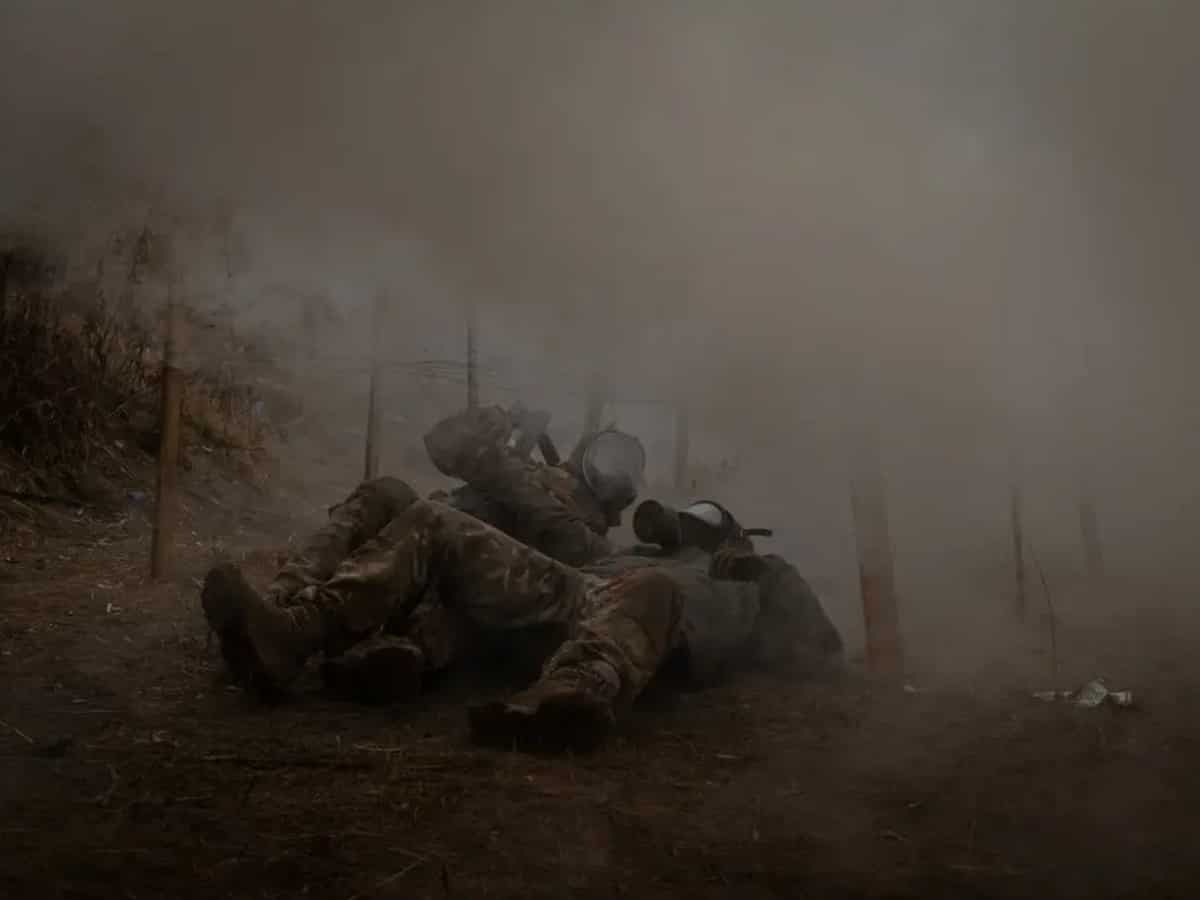Chloropicrin: A Dangerous Chemical Weapon
Chloropicrin, also known as nitrochloroform, is a chemical compound that poses significant dangers to humans. It can enter the body through inhalation, ingestion, and skin contact, causing severe irritation to the lungs, eyes, and skin.
History of Chloropicrin
Chloropicrin was first discovered in 1844 and was widely used during World War I as a chemical weapon. It has been banned under the 1993 Chemical Weapons Convention (CWC), classified as a banned choking agent by the Organization for the Prohibition of Chemical Weapons (OPCW).
Current Use in the Russia-Ukraine Conflict
Amidst the ongoing Russia-Ukraine conflict, the United States has accused Russia of using chloropicrin as a “choking agent” against Ukrainian troops. The State Department alleges that Russia’s use of chemical weapons, including chloropicrin, is not an isolated incident but a strategic tactic to gain advantages in the conflict.
Impact on Human Health
Chloropicrin’s toxicity and carcinogenicity make it a highly dangerous substance. Even though it is allowed for restricted use as a pesticide in some countries, its distribution and application are limited to licensed professionals due to its harmful effects on human health.
Historical Use and Effects
During World War I, German forces used chloropicrin as a tear gas against Allied troops. While not as lethal as other chemical weapons, it induced vomiting and forced soldiers to remove their protective masks, exposing them to more toxic gases used in warfare.
Recent Allegations and Impact
In February 2024, Ukrainian armed forces claimed that Russia was using chloropicrin in K-51 grenades, further escalating tensions in the conflict. There have been reports of damage to personal protective equipment due to exposure to chloropicrin and its derivatives.















































